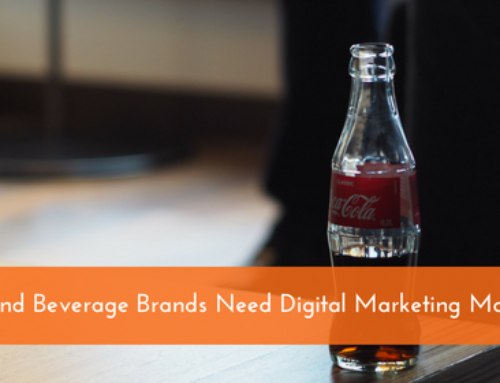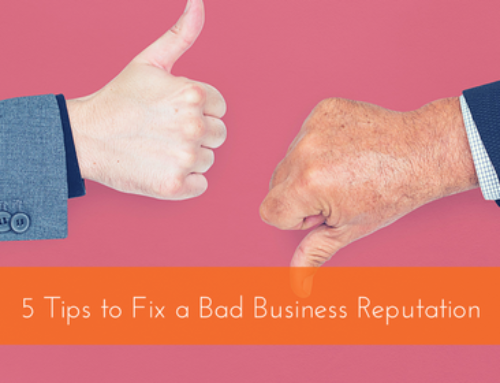Consumers have greater access to brands than ever before. While this might sound like amazing exposure for your company—and it is—it’s also a huge liability. Why? Because consumers’ access to your brands also gives them the ability to change your brand perception.
Manage Your Brand Outlets
Wherever your brand appears online, there you should be also. Of course, you’ll manage your social media platforms like Twitter, Facebook, Google+, and even Instagram. However, these aren’t the only places where your brand might get significant play.
Spend ample time each week cruising review sites like Angie’s List, Yelp!, and any industry-specific pages. You must know what your customers are saying about your brand if you hope to manage the outcome. If you don’t, you can sit back and watch your bottom line shrink.
Managing Public Feedback
The Internet makes those outlets available to anyone who wants to use them, whether to report on your performance or to read others’ reviews. That feedback is what helps your brand awareness to spread. Keep in mind that word-of-mouth marketing is actually the most trusted form, but that means potential buyers trust the negative reviews, too.
It’s a well-known fact that consumers are more likely to share negative customer service experiences than good ones. We can work hard to cultivate your brand and watch it all fall apart after one negative remark.
Maintaining Your Brand Message
Just a few short decades ago, brands had all control over the message they shared with the world. Consumers saw and heard only what brands released for television, print, and radio. Now that we use the Internet—specifically social media—to share our messages, we open our brands up to consumer comments. Those comments can travel just as quickly and easily as our marketing efforts, and they can completely negate the message we work so hard to craft.
The changed message doesn’t always come in the form of negative reviews, either, so be careful not to make that mistake. When you develop your brand, you have particular buyer personas in mind. What happens if those within your target audience begin sharing experiences—both good and bad—that don’t fit your brand story?
Protecting Your Bottom Line
Now that you’re aware of how consumers can completely alter your brand message in a very short amount of time, you need to know how you can manage your brand to protect your bottom line. But how can you manage other people’s thoughts and actions? How can you turn a fiasco into a PR boost?
First, find those communities where your brand is mentioned. If you’re engaging in social listening, you shouldn’t have trouble sniffing out review sites and forums your customers frequent. Let users know you’re there and willing to answer any questions or provide assistance if needed. Help guide and shape the conversation organically and positively Believe it or not, 41% of consumers feel a brand that responds really cares about its customers.
Next, locate your brand advocates. Who are your brand advocates? They’re your biggest fans, of course, but more than that, they’re accurate representations of your buyers personas. Let your brand advocates spread the word and solidify your brand message so you don’t have to. Again, buyers listen to other buyers more than they’ll listen to you, so let your best buyers speak.
Finally, if a negative review has the power to change consumers’ perceptions of your brand, own up to your mistakes. Don’t let negativity color your brand in any way. Apologize, locate the problem, and fix it. Your buyers will appreciate your candor and quick action.
You can also use your popularity for good to keep the goodwill flowing. Millennials like to see brands getting involved in causes near and dear to their hearts. In fact, 59% think brands have a responsibility to do so. How quickly could you erase negative attention by getting involved in charity?
If you’re struggling to maintain your brand identity, we can help. Let us show you where to find your customers and how to get involved. It’s never too late to save your bottom line.






